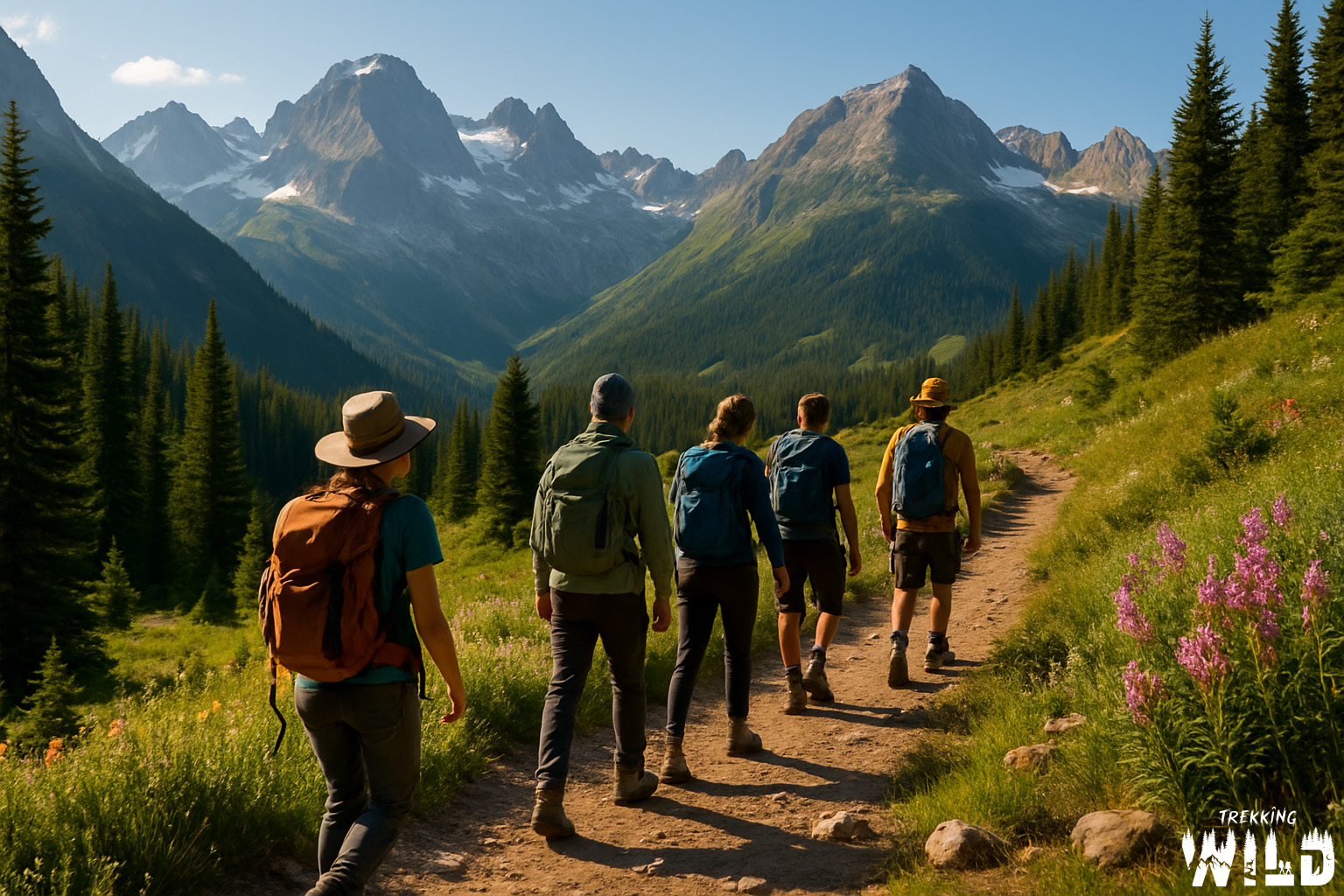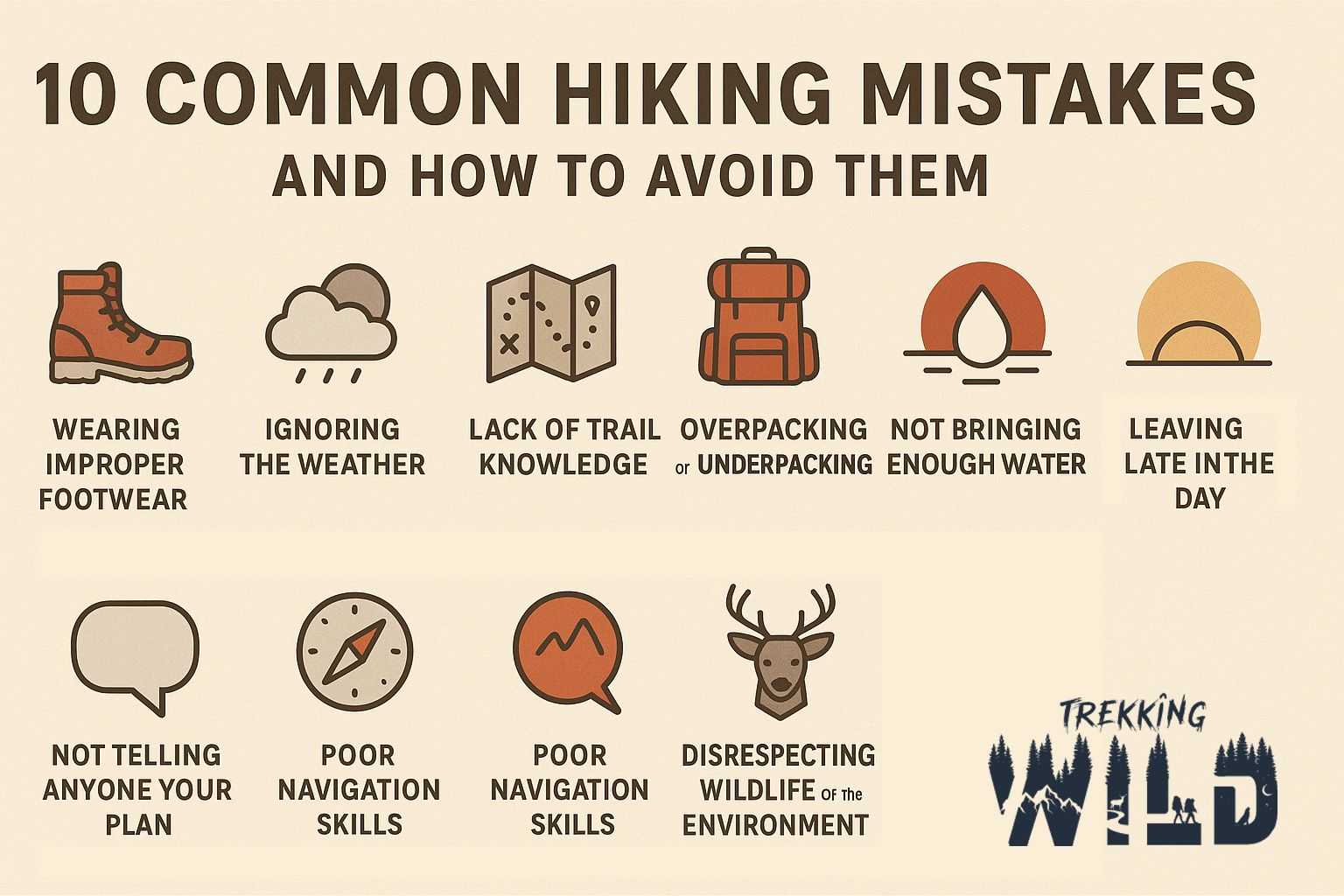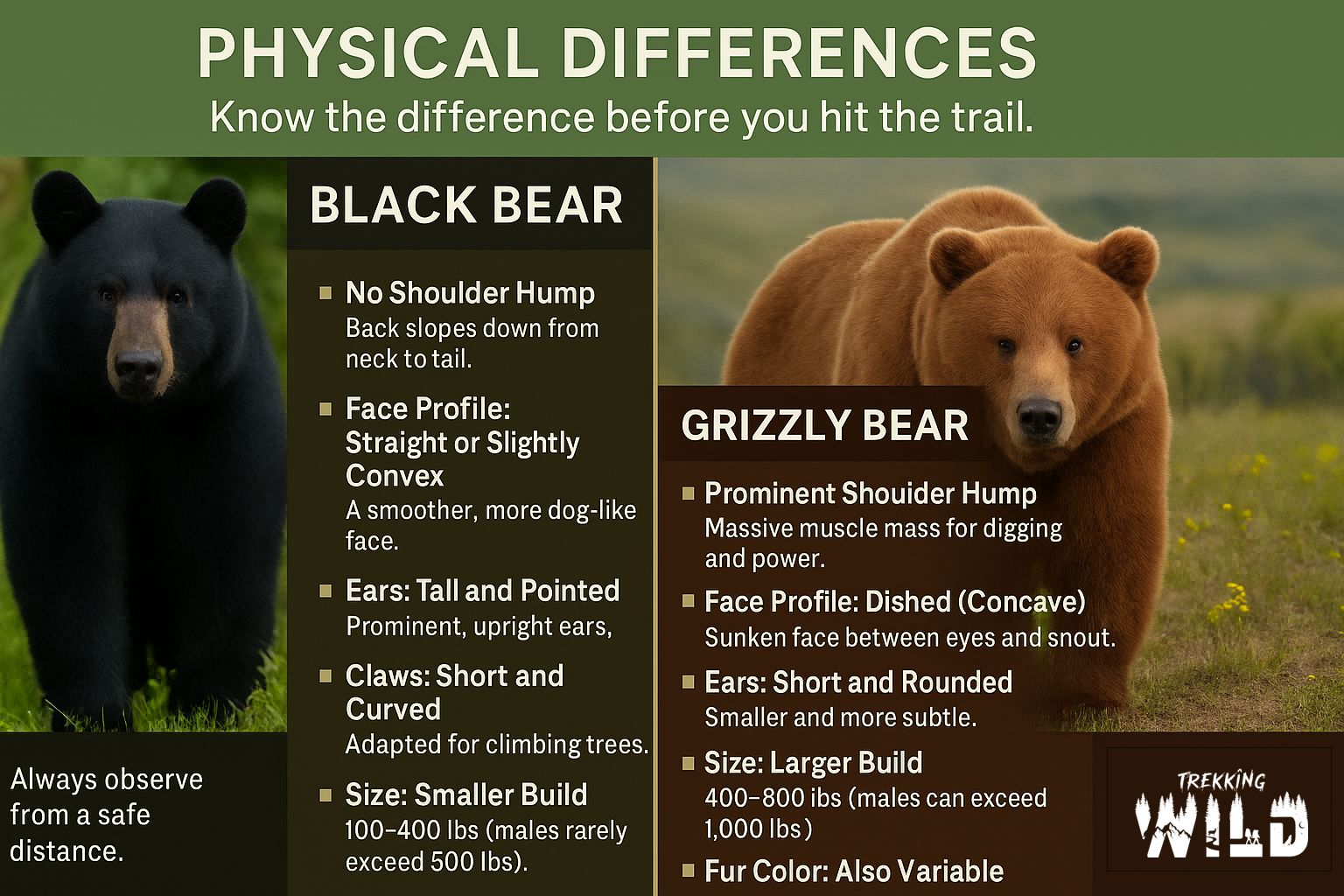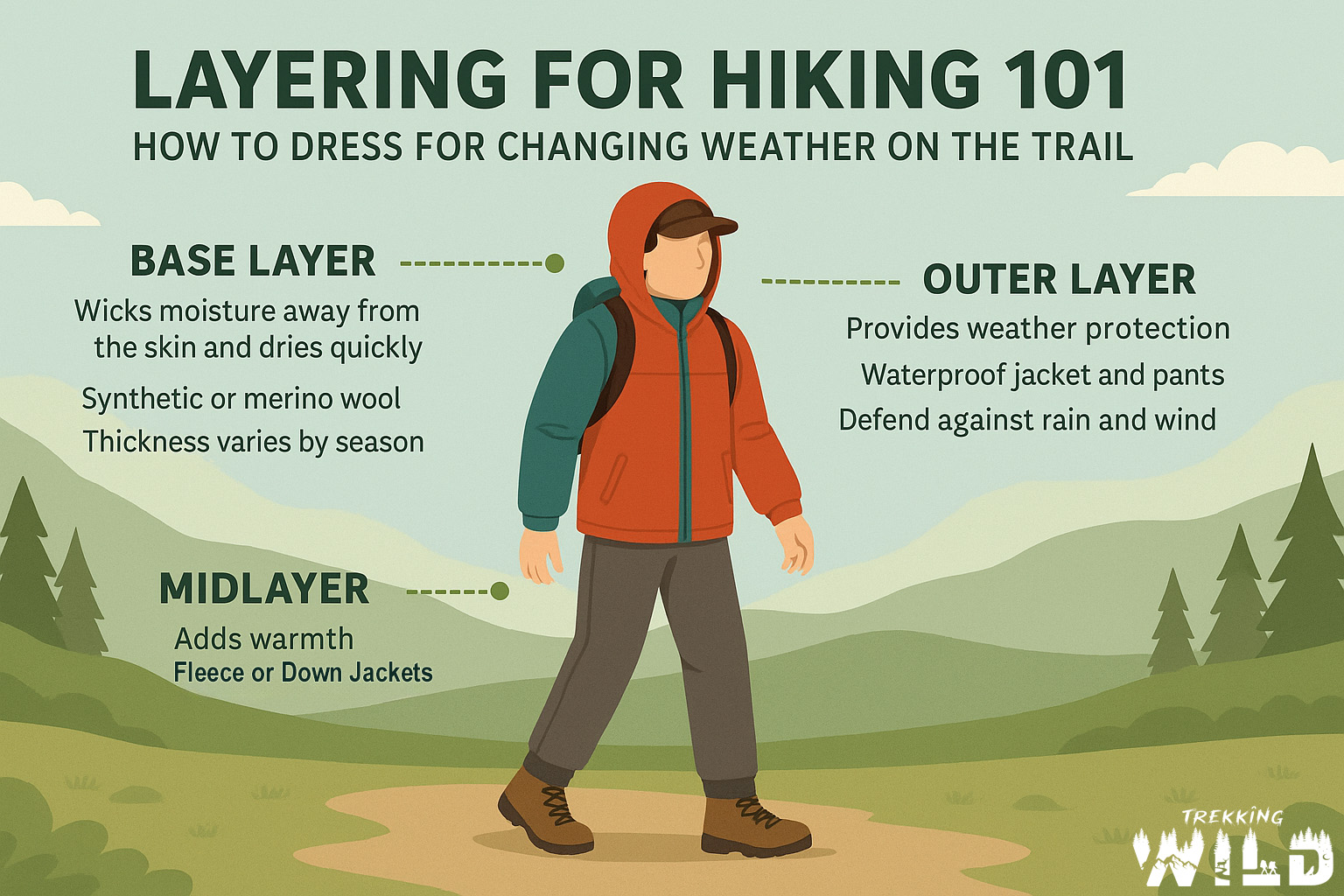
Trail Etiquette: Essential Hiking Do’s and Don’ts
Hiking offers a chance to escape the hustle of everyday life and immerse yourself in nature. But when you’re sharing the trail with others—whether friends, family, or strangers—there’s a set of unspoken rules that help keep the experience safe and enjoyable for everyone. Good trail etiquette isn’t just polite; it’s an essential part of enjoying the outdoors responsibly.
Here’s a breakdown of the key do’s and don’ts of hiking with others:
Hiking Etiquette
1. Stay Together
If you’re hiking in a group, stick together—especially if conditions get challenging. Keep the slowest hiker’s pace in mind so no one is left behind or pressured to push beyond their ability. A great strategy is to have the slowest hiker lead the group, setting a pace that everyone can maintain.
2. Yield Appropriately
On most trails, uphill hikers have the right of way. Step aside to let them pass, especially on narrow paths. Also yield to horseback riders and bikers when trails are shared.
3. Leave No Trace
Pack out everything you bring in—from snack wrappers to fruit peels. Orange peels, sunflower seeds, and apple cores may seem harmless, but they don’t belong in the wilderness. Follow Leave No Trace principles at all times. Stay on the trail to protect fragile ecosystems, and leave nature exactly as you found it. This includes avoiding unnecessary stacking of rocks or building cairns.
4. Manage Your Dog
If you’re bringing a dog, make sure it’s leashed—unless the area allows off-leash dogs and yours is well-trained with excellent recall. Always pick up after your dog and be mindful of others who may not be comfortable around animals. Never let your dog run ahead out of sight.
5. Don’t Bring Loud Speakers
Nature’s soundtrack is better than any playlist. If you want to listen to music on the trail, use headphones so everyone can enjoy the natural sounds. Most people hike to escape noise, not be subjected to someone else’s music. Also, hiking in bear country is not an excuse for blasting music—there are safer, more considerate ways to stay alert.
6. Don’t Block the Trail
If you stop for a break, step off to the side so other hikers can pass easily. On narrow trails, walk in single file. If you’re hiking at a slower pace than those behind you, step aside and let them pass. Few things are more frustrating than being stuck behind someone who refuses to yield.
7. Don’t Feed Wildlife
Feeding animals, no matter how small, is dangerous for them and for future hikers. It disrupts their natural behavior and can make them aggressive. This includes ground squirrels, marmots, and birds.
8. Don’t Ignore Trail Signs
Stay on designated trails, follow posted rules, and respect seasonal or area closures. These signs are in place for your safety and to protect the environment.
9. Don’t Graffiti
Never carve your name or leave markings on trees, rocks, or any natural surfaces. Nobody cares that “Bob Smith was here.” Graffiti ruins the natural beauty of outdoor spaces.
Final Thoughts
Trail etiquette isn’t about following strict rules—it’s about showing respect. Respect for nature, for your fellow hikers, and for yourself. Following these do’s and don’ts will not only make your hikes more enjoyable but also help create a positive experience for everyone who shares the trail.
Happy hiking!
Matt Vittal
Matt is a software engineer living in Northwest Montana. He is an avid outdoorsman who spends his free time hiking, backpacking, camping, hunting, and fishing.



